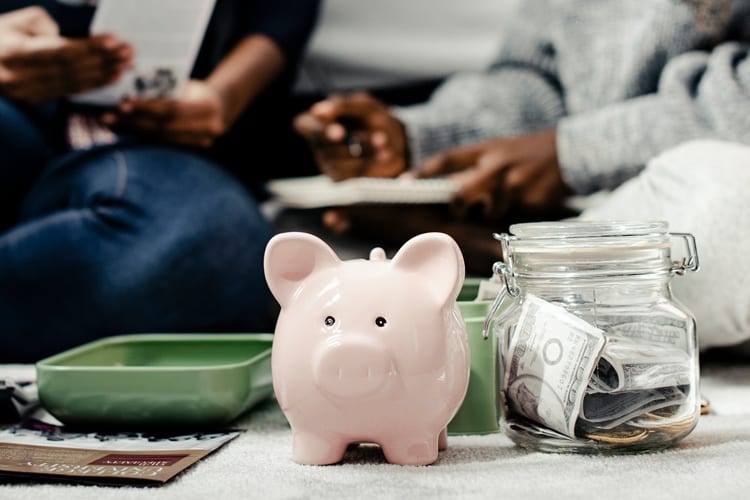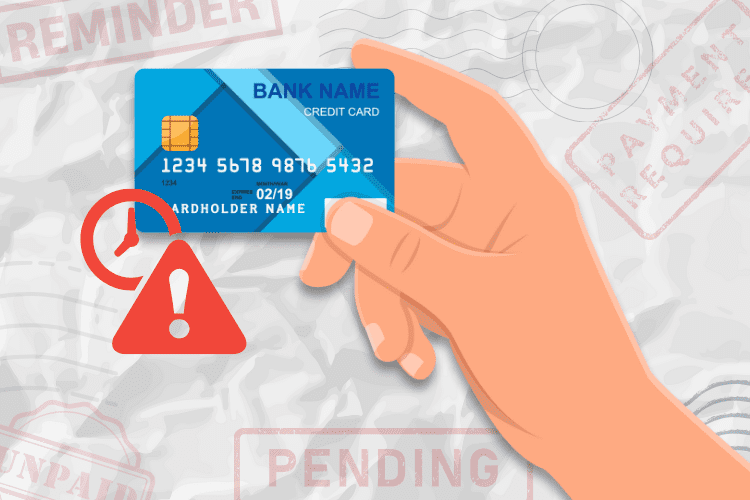3 Money Saving Habits That Can Actually Be Addictive

Saving money can be difficult for a lot of people. After paying for essentials like housing, food, utilities, and transportation, there isn’t always a lot left to pour into a savings account. Some struggle with the mental aspect as well. Saving money is stressful and strenuous and often feels like a losing battle. Money-saving habits are hard to build, and a few wrong attempts can make every further try harder.
The emotional struggle with saving makes the actual financial fight that much harder. However, changing how you think about saving can help you win more victories and feel better about your progress. The right habits can be addictive, and you can get hooked on saving.
1. Treat Yourself
Even the strictest budgets, like diets, need cheat days. You should reward yourself for making progress toward your saving goals. What makes this habit so interesting is that the more you save, the more you’re able to reward yourself.
As a hypothetical, let’s say you plan to have a “cheat day” once a month with 10 percent of what you saved last month. That may start out as a few bucks, but over time you’ll be motivated to save more to be able to treat yourself more. Obviously saving isn’t that simple, but setting goals and incentives for yourself is a compelling way to stay motivated.
Read More: What if Your Bank Paid You To Game?
2. Stall When Spending
According to Slickdeals, the average American spends $5,400 on impulse buys each year. That adds up to $324,000 over the course of a lifetime. Even if you’re not spending that much, there’s a good chance you’ve made a few regrettable purchases in the last few months. One way to fight against impulse buying is to fight the impulse: right before you click purchase, do something else.
Spend 10 minutes occupying yourself before you finalize the sale, then come back and see if you’re still as excited about what you’re buying. It’s easy to get swept up in the excitement of a new purchase without fully thinking it through. Taking a step back is a good way to stop bad buys, and you can fill the time with something healthy or productive like a run or reading. Eventually, you’ll have better spending habits and a better mindset when making purchases!
Read More: People Love This Budgeting App That Figures Out Where You’re Wasting Money
3. Get Into Investing
Investing is often described in terms of risk, but investment accounts are often very safe ways to lift up your savings. For instance, you can put a portion of your savings into an index fund, which moves basically in lockstep with the stock market as a whole. Investing a percent of your savings is engaging, as you’ll be able to follow the index or stocks you’re invested in, and generally low risk.
For instance, despite the fact that the S&P 500 Index hit a three-year low in March due to the coronavirus, the S&P has made back 90 percent of its losses since the pandemic started. The market is, of course, subject to frequent change, but using index funds spreads your money to protect you against any single stock crashing.
Read More: Stash Review: Start Investing With Just $1










